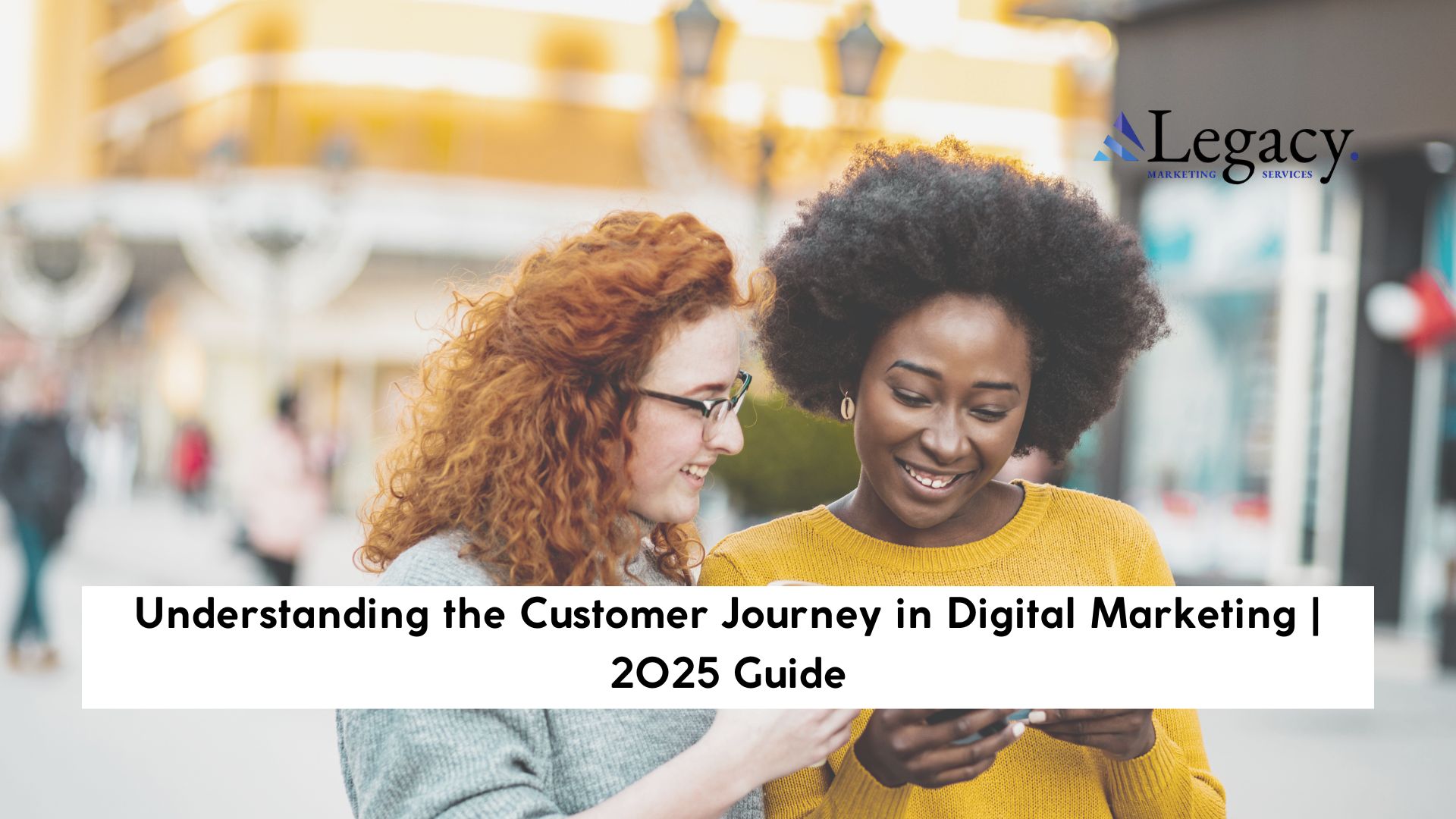In 2025’s fast-paced digital landscape, understanding the customer journey is more critical than ever. With consumer behaviour evolving rapidly across multiple channels and devices, businesses need to be proactive and insightful to attract, convert, and retain their ideal audience. The customer journey encapsulates every step a consumer takes with your brand—from first awareness to loyal advocacy.
By understanding and optimising this journey, marketers can craft highly relevant, personalised experiences that not only drive conversions but also build long-term customer relationships.
What Is the Customer Journey?
The customer journey refers to the full experience a customer has with a brand across multiple touchpoints and over time. While journeys can vary, most follow five essential stages:
-
Awareness – When a prospect first discovers your brand.
-
Consideration – When they begin evaluating your offering versus competitors.
-
Decision – When they make a purchase or commitment.
-
Retention – The phase where continued engagement and support matter most.
-
Advocacy – When loyal customers promote your brand organically.
Understanding these phases provides a framework for targeted marketing strategies, ensuring the right content and experience at the right time.
Why Customer Journey Mapping Matters
Customer journey mapping visually outlines each stage of interaction and pinpoints where prospects might drop off, disengage, or convert. It helps businesses:
-
Align messaging with customer expectations
-
Identify friction points and areas for improvement
-
Personalise content delivery and communication
-
Increase customer retention and satisfaction
-
Optimise budget allocation by stage and channel
Without a clearly mapped journey, you risk delivering fragmented or irrelevant experiences that reduce engagement and impact your brand’s reputation.
Key Digital Touchpoints in the Journey
Modern customer journeys span multiple digital channels. Understanding these key touchpoints is essential for consistent brand presence and user satisfaction.
-
Search Engines: The starting point for many buying decisions.
-
Social Media: Where users engage, ask questions, and discover brands.
-
Email Marketing: Keeps leads warm and drives post-purchase interaction.
-
Company Website: The central hub for content, service, and conversion.
-
Online Reviews & Forums: Heavily influence purchase decisions during the consideration stage.
A successful digital marketing strategy ensures all these touchpoints are connected and optimised for the customer’s stage and intent.
Optimising Content for Every Stage
Each stage of the customer journey demands a different content strategy. Here’s what works best:
| Stage | Content Type |
|---|---|
| Awareness | Blog posts, explainer videos, infographics, social content |
| Consideration | Case studies, comparison guides, webinars, email sequences |
| Decision | Testimonials, demo videos, pricing pages, CTAs |
| Retention | Onboarding guides, how-to emails, customer support resources, loyalty programs |
| Advocacy | Referral programs, review requests, user-generated content, community building |
Creating tailored content for each phase boosts engagement and helps move users down the conversion funnel naturally.
Using Data & Analytics to Refine the Journey
Data is the backbone of successful customer journey optimisation. With the right tools, you can analyse behaviour patterns and fine-tune your approach.
Track these key metrics:
-
Traffic sources and user flow on your website
-
Email open and click-through rates
-
Conversion rates at each stage
-
Customer satisfaction (CSAT) and Net Promoter Scores (NPS)
Use platforms like Google Analytics, Hotjar, and CRM integrations to get a 360-degree view of user behaviour.
Creating an Omnichannel Experience
Today’s customers move fluidly across platforms and devices. They might find your brand on Instagram, browse your website on mobile, and finalise their purchase on desktop. An omnichannel strategy ensures consistency and continuity across all these interactions.
Tips for a successful omnichannel journey:
-
Sync customer data across platforms (CRM, email, social ads)
-
Keep tone, visuals, and value propositions consistent
-
Use marketing automation to scale personalisation
-
Segment your audience based on behaviours and preferences
The customer journey in digital marketing is no longer linear or predictable—it’s dynamic, multidimensional, and constantly evolving. Brands that take the time to map, analyse, and optimise this journey are the ones that thrive.
By understanding your audience’s needs at every stage and delivering seamless, personalised experiences, you build more than just conversions—you build trust, loyalty, and sustainable business growth.
Want help mapping and optimising your customer journey?
Let Legacy Marketing assist you in creating a smarter, data-driven digital strategy that fuels long-term growth.

